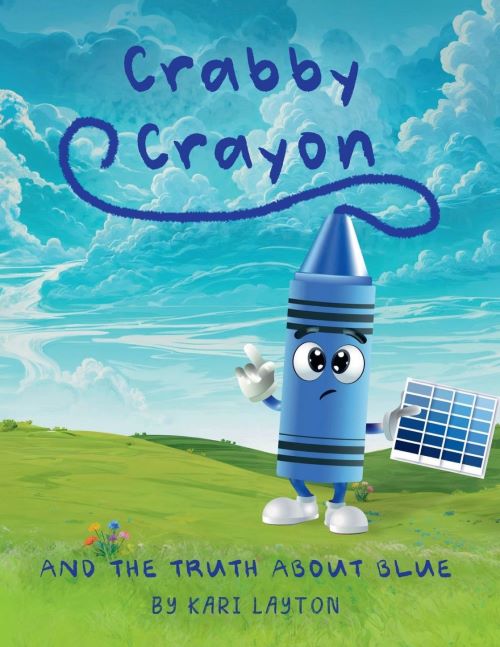Have you ever said, “That’s my truth”? Maybe you were talking about how you felt in a certain moment, or what you believe about something. “My truth” is a way of sharing your thoughts, feelings, and experiences. It’s important and powerful, but it’s also just one piece of a bigger puzzle.
When we say “my truth,” we are being honest about what we know and feel. But it’s also helpful to remember that other people have their own truths too. And sometimes, the full truth is bigger than what one person sees alone.
Let’s explore why “my truth” matters, but also why it’s not the whole picture.
What Does “My Truth” Mean?
“My truth” is what you believe based on your own life, feelings, and experiences. For example, your truth might be that you don’t like being in big crowds because they make you nervous. Or your truth might be that you love reading more than sports. That’s great—your truth helps you understand yourself better.
But your truth isn’t the same as “the truth” for everyone. Someone else might feel comfortable in crowds or love soccer more than books. Their truth is just as real as yours.
Seeing the Bigger Picture
Imagine you’re looking at a huge painting, but you’re standing very close to it. You can only see one corner. You might say, “This painting is all blue with dots.” But someone standing on the other side might say, “No, it’s mostly yellow with lines!”
Who’s right? The truth is, you’re both right, but only partly. To see the full picture, you need to step back and see the whole painting.
That’s what it’s like with truth. Everyone sees the world from where they are standing. When we put all our truths together, we get a better view of what’s really going on.
Why It’s Important to Listen
If we only talk about our own truth and never listen to others, we might miss something important. For example, if you think a class project was easy, but your partner says it was confusing, both of your views matter. If you ignore their feelings, the team won’t work well.
Listening to others helps us grow. It teaches us to be kind, thoughtful, and open-minded.
Learning and Growing Together
It’s okay to say, “This is how I feel,” but it’s also powerful to say, “I’d like to understand your side too.” That’s how we learn from each other.
When we explore the greater truth together, we become better friends, classmates, and people. We learn that the world is full of different voices, and every voice adds something special.

Conclusion: The Freedom in Not Knowing
Embracing that “my truth” isn’t the whole truth liberates us from the burden of perfect certainty. Letting go of rigid perspectives doesn’t threaten our identity, it enriches our experience of the world. The greatest truths are often those that acknowledge their own incompleteness, inviting us to keep exploring, learning, and growing.
If you want to teach this mindset to your kids then, ‘Crabby Crayon and The Truth About Blue’ by Kari Layton is a great choice. In this story, Crabby is convinced that only his blue is the right one. But when he opens up to his friend Green’s viewpoint, he begins to see all the other beautiful shades of blue around him. This heartwarming story gently introduces kids to the idea that understanding others helps you understand the world and yourself more deeply.
Ready to explore this concept through a heartwarming story? Grab your copy now!

